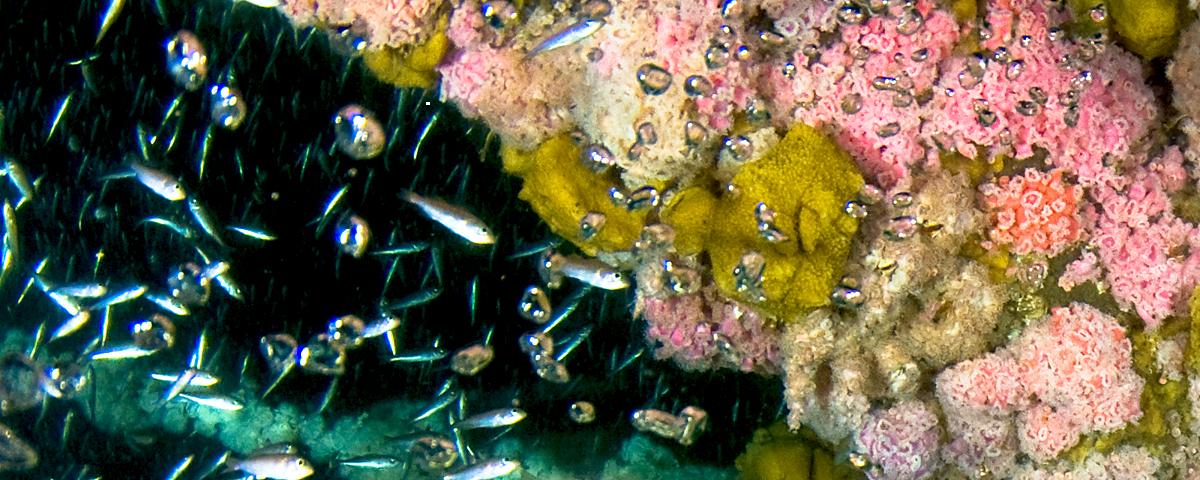Chemical analysis of hydrocarbons in sediments, pore water, and animal tissues
Abstract
From the Conclusions: “At some stations in the Platform Hidalgo area, higher levels of hydrocarbons were detected in both surface sediments and in sediment-trap material. Based on composition, the elevated PAHs are definitedly sourced in petroleum (e.g., presence of alkylated dibenzothiophenes and phenanthrenes). However, because this signal was not accompanied by similarly elevated levels of barium in the sediments it seems unlikely the drilling discharges are the specific source of the petrogenic hydrocarbons.
The largest varibilities in hydrocarbon concentrations were found among the benthic animal tissues. Because of interferences of naturally occurring saturated hydrocarbon compounds in the tissues with the targeted analytes, and because of the potential toxicity of some aromatic hydrocarbons, hydrocarbon monitoring ofanimal tissues should focus on the PAH compounds. In the tissues of the three species examinend [Cancer spp., Pleurobrancea californica, and Parastichopus californicus], PAH concentrations were extremely low or not detectable, suggesting that petrogenic signals (e.g., PAH concentration and composition) due to drilling activities could readily be detected in the species examined.”

